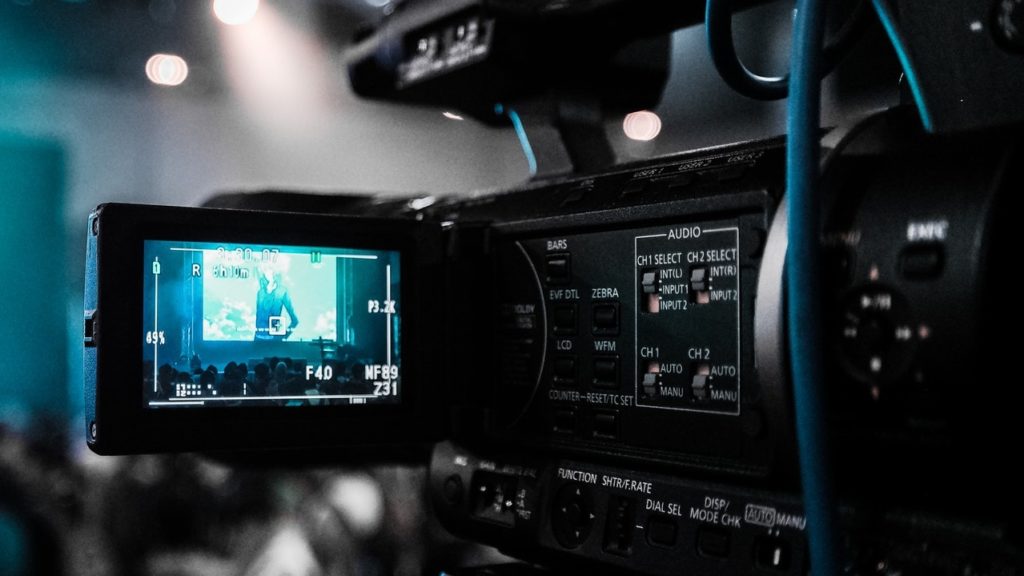
Noah Barnett
Special to the Philanthropy Journal
By Noah Barnett, Director of Research and Insights at Virtuous
Anyone working for a nonprofit is probably familiar with the RFM model (Recency, Frequency, Monetary Value) for analyzing donor activity and likelihood of future donations. However, by itself, using this data to evaluate donors leaves many gaps, and altogether does a disservice to the nonprofit-donor relationship. RFM was developed at a time when important, relational data wasn’t available. To get a holistic picture of your donor community, RFM should be seen as a jumping off point, not the whole picture. Here’s why nonprofits should consider rounding out RFM analysis, and how to do it.
RFM analysis doesn’t take the “why” into account
 RFM analysis was somewhat flawed from the start, in that this particular model was designed to track customer behavior, not donor behavior. At one time, it was a sufficient way to model donor behavior in order to predict revenue. However, we know that there’s a big difference between purchasing a consumer product and making a donation. They are two completely different types of transactions, with different motivating behaviors. Inherently, this type of analysis fails to zero in on the “why,” which is fundamental to the donor journey. Why does a donor give monthly vs. annually? Why did a donor only give once (as is the case with 75% of donors)? These questions are paramount for a nonprofit, and are left out of the equation when using RFM by itself.
RFM analysis was somewhat flawed from the start, in that this particular model was designed to track customer behavior, not donor behavior. At one time, it was a sufficient way to model donor behavior in order to predict revenue. However, we know that there’s a big difference between purchasing a consumer product and making a donation. They are two completely different types of transactions, with different motivating behaviors. Inherently, this type of analysis fails to zero in on the “why,” which is fundamental to the donor journey. Why does a donor give monthly vs. annually? Why did a donor only give once (as is the case with 75% of donors)? These questions are paramount for a nonprofit, and are left out of the equation when using RFM by itself.
At the onset, RFM is helpful because it gives you an anchor to practice segmentation. No one can argue that you should communicate the same message, in the same way, with the same ask, to your entire database at the same time. RFM helps you successfully move beyond that. However, in today’s uber-connected world with social media, online marketing, and the hyper-personalized environment that donors live in, it doesn’t go far enough. Now you need to know not only how to segment, but how to personalize communication for every donor. Understanding the why and how behind giving are paramount to building lasting donor relationships. It’s no longer an option to be left out of your donor engagement strategy, and this is precisely where RFM stops short.
RFM assumes the past = the future
RFM focuses on past activity as the prime indicator, and overlooks other indicators that drive future value. This is a biased way of thinking in general, as we tend to overvalue past performance as an indicator of the future, as opposed to information on how to adjust our approach. Let’s say, for example, your organization is planning to make a new hire, and you’re reviewing a candidate’s resume. That resume is only one small piece of the puzzle for determining if this person is the best candidate for the role. Does their personality and work style fit in with the rest of your staff? Are they a culture fit? How well do they communicate? If they excelled (or even failed) at a past job, does that automatically mean they’ll excel or fail with your nonprofit?
You can’t make an appropriate hire based on a resume alone, because it leaves too many questions unanswered. Similarly, looking to past donor behavior as the number one indicator for future performance can’t fully solve for current and future situations.
There’s also that nasty head game of telling yourself (and maybe your staff) that X didn’t work before, so X couldn’t possibly work in the future. When you write off donors based on their past or current journey with your nonprofit, you not only leave potential generosity on the table, you drive a wedge between your organization and people who could very well become advocates for your cause. In short, you can’t write off donors based on their lack of engagement in the past. It’s an extremely one-sided approach, and it leaves too much potential on the table.
Instead, reconsider your approach to donor engagement. Pair RFM data with other insights in order to get a more three dimensional picture of your contacts. Then bring personalization into the marketing mix, and see how that triggers re-connection with those inactive donors.
The donor journey is deeply personal – Donor analysis needs to be, too
In order to bridge the gaps that RFM analysis creates, nonprofits need to ensure they’re not just reviewing their donors’ monetary value, but also considering other signals, such as their role, social influence, relational network, and location. Each of these can reveal new insights as to how they can contribute beyond monetary donations, to potentially share their time, knowledge or expertise, and social influence.
For example, nonprofits could review their donors’ social profiles to determine additional factors such as the capacity in which they like to serve nonprofits, their appetite for advocacy, their connections, the networks they’re a part of, how they communicate, their geo-location, etc. These elements demonstrate a donor’s relational value in addition to their monetary value, which helps indicate the time, influence, and knowledge they could help share with your organization if cultivated appropriately. Together, these data sets help determine a person’s full generosity value.
Lean in to technology
Based on the shift in consumer and donor behavior today, paired with social media and online buying behavior, there is an added level of complexity that outpaces RFM. Most nonprofits are stuck using outdated, clunky systems designed to manage a donor that no longer exists. This is inhibiting, and your organization must seek out technology adoption as not just an upgrade, but as an essential modern workflow evolution. Change is tough, but those that concede to inertia will struggle to engage tomorrow’s donor.
Modern nonprofit platforms are designed to be flexible, gather data beyond giving data, and help translate this data into a personalized donor experience for all your donors. If your organization has not yet adopted modern technology, you’re going to lose revenue to those nonprofits who have. They are getting your donors’ mind share, and generosity, because they’re inserting themselves meaningfully into the donor journey.
RFM, like many other segmentation tactics, is just one layer. Today, you must view your donors holistically and allow donor signals beyond financial to influence your engagement strategies. In a world in which half of all nonprofits are failing, we can no longer rely solely on RFM to provide us the critical insights that boost donor engagement. Layering these additional insights into RFM data not only helps boost donor engagement, but can truly help your organization increase donor loyalty and retention. Better donor relationships lead to lasting relationships, allowing your nonprofit to engage with ALL of your donors, and the ability to do more good in the world through repeat giving and heightened generosity in all of its forms.
Noah Barnett is the Director of Research and Insights at Virtuous, your nonprofit’s CRM, Communications, and Giving Platform designed to help you grow giving and create a personalized donor experience at scale. Previously, Noah spent ten years in fundraising and marketing leadership roles at CauseVox, World Help, HubSpot, and The Adventure Project. He knows firsthand the challenges nonprofits face and is passionate about equipping them with the resources and insights they need to rally people around their cause.




